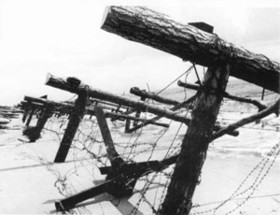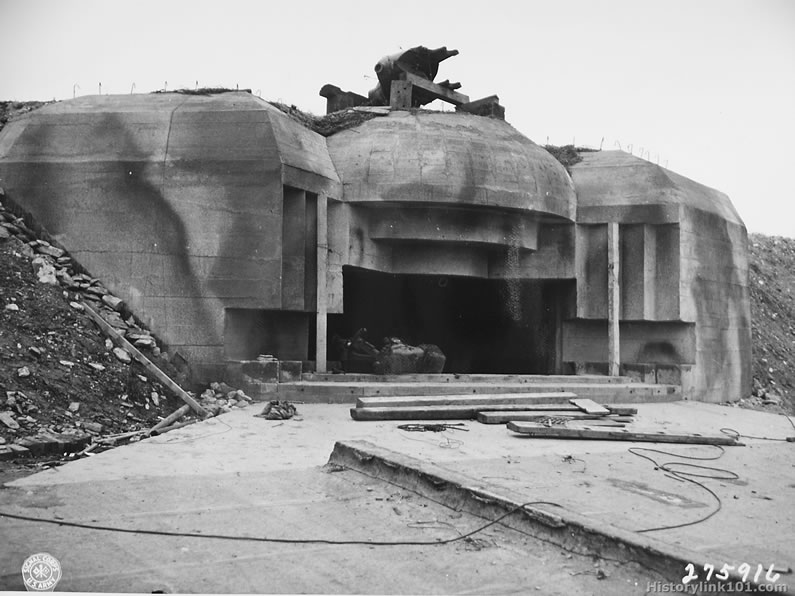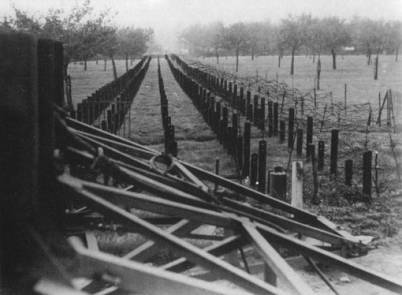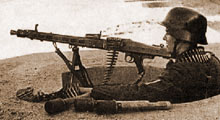We thank and honor the men who landed on the Normandy beaches on June 6th 1944. All are heroes.
I was fifteen years old when we heard a radio announcer blurt that the Allies had landed on the beaches in northern France. Involved were 130,000 Allied soldiers from USA, Britain, Canada, and the Free French. There was no mention of casualties. The news was all positive: we were going to liberate Europe from the Nazi scourge.
Meantime, Joseph Stalin’s Red Army was advancing swiftly through Belorussia with Poland in sight in the USSR’s version of their “liberation of Europe”—under the plague of the hammer and sickle of Communism.
In retrospect, I have concerns about the wisdom of the D-Day landing on the Normandy beaches. These brave men stormed the beaches into the teeth of the German’s defenses: the Atlantic Wall orchestrated by Field Marshal Erwin Rommel (The Desert Fox)—perhaps the most skillful of all Third Reich’s generals. The approaches to the beaches had a four-tiered defense system.
- About 300 yards from the high-water mark were Belgian gates with mines attached.

- A line of spiked logs facing seaward.

- Thousands of underwater mines.

- A near continuous line of hedgehogs close to the beaches.

On shore, were coastal artillery batteries in gun casement, tank traps, thousands of machineguns, mines, booby traps, two divisions of Wehrmacht well armed, and combat veterans from the Eastern Front (USSR). In nearby reserve were two Panzer divisions.



Allied causalities at day’s end were over ten-thousand—dead, wounded, and missing!
Our causalities increased alarmingly in the following few days. Not until late on 9 June did the Allies secure the beaches and begin their tedious and dangerous advance into Normandy.
I wonder if our invasion of Europe should have been in southern France?
To set the perspective for D-Day, let’s review a few key highlights of World War II to date.
- 01 September 1939. Germany invaded Poland and France and Great Britain declared war on Germany.
- 17 September 1939. USSR invaded Poland.
- 10 May 1940. Germany began Blitzkrieg through the low countries and France.
- 22 June 1940 France surrendered. Germany occupied Paris, the land areas around the English Channel and the Atlantic Ocean. A puppet French government, headed by Marshall Henri Phillippe Pétain, was established in Vichy to govern central France and the area adjacent to the Mediterranean Sea—dubbed “Unoccupied France.” Most of the French colonies in Africa and Asia were under the control of Vichy France.
- 22 June 1941. Germany invaded the USSR.
- 08 November 1942, Operation Torch. American troops landed in Vichy-French North Africa.
- 10 November. 1942, German troops occupied Vichy France.
- 13 May 1943. Africa cleared of Axis troops.
- 10 July 1943. Allies invaded Sicily.
- 03 September 1943. Allies invaded Italy.
- 04 June 1944. Allies liberated Rome and are bogged down in the mountains north of the city.
I would speculate: even though Germany had occupied all of France in late 1942, our task might have been somewhat less horrendous if we had invaded France from the Mediterranean coast. Few German troops were in this area and the terrain was more favorable for a fast armored breakout.
Isn’t speculation wonderful?